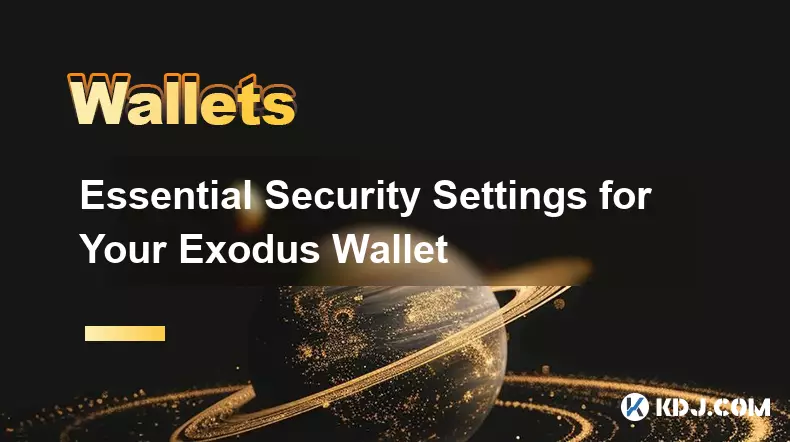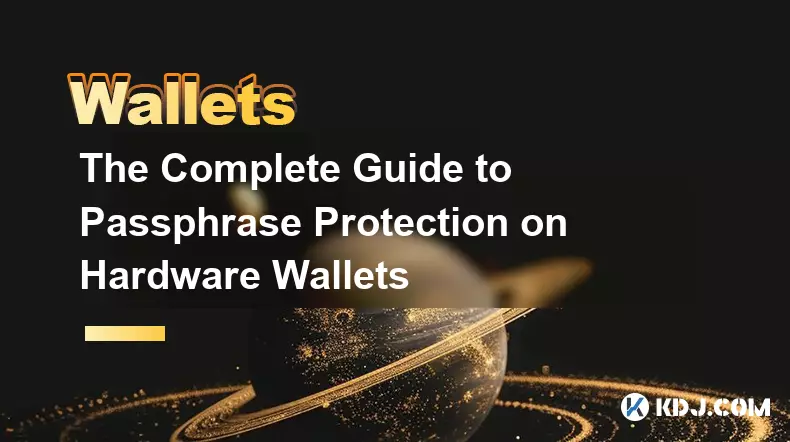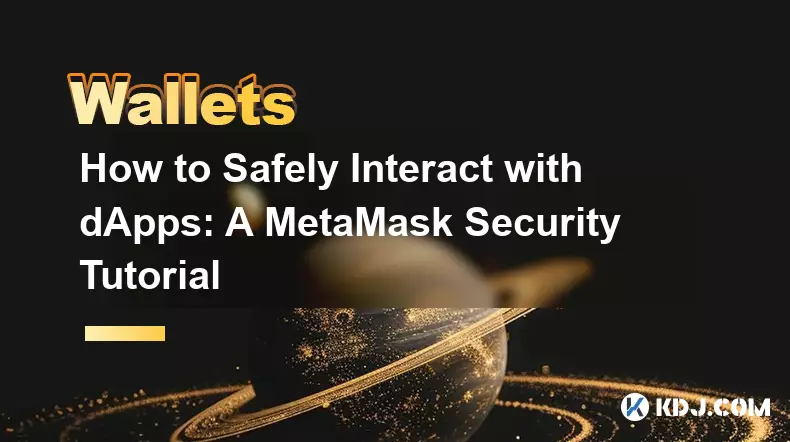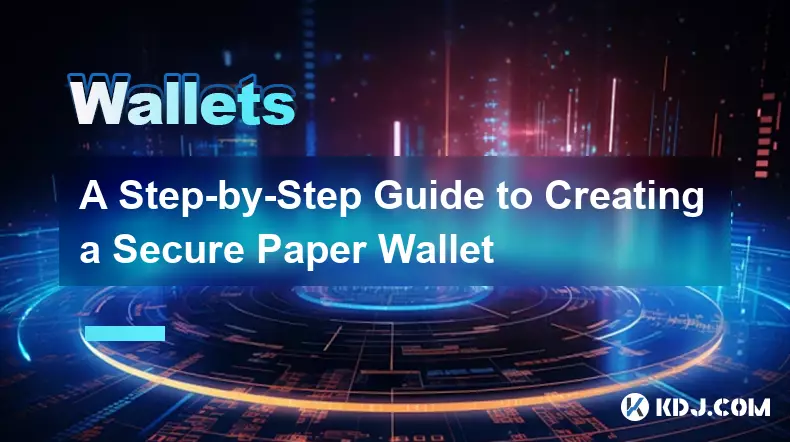-
 bitcoin
bitcoin $99177.955738 USD
-7.32% -
 ethereum
ethereum $3187.183061 USD
-12.38% -
 tether
tether $0.999809 USD
0.00% -
 xrp
xrp $2.117933 USD
-9.42% -
 bnb
bnb $906.710033 USD
-9.17% -
 solana
solana $149.367737 USD
-10.74% -
 usd-coin
usd-coin $0.999816 USD
0.01% -
 tron
tron $0.281498 USD
-0.38% -
 dogecoin
dogecoin $0.156292 USD
-8.00% -
 cardano
cardano $0.500744 USD
-10.19% -
 hyperliquid
hyperliquid $38.087358 USD
-4.58% -
 chainlink
chainlink $14.097831 USD
-8.54% -
 bitcoin-cash
bitcoin-cash $463.329916 USD
-9.22% -
 ethena-usde
ethena-usde $0.999078 USD
-0.01% -
 unus-sed-leo
unus-sed-leo $9.475862 USD
-0.79%
Why can't I see my tokens on my Ledger Nano X?
Tokens may not appear in Ledger Live but can be visible via MetaMask or Etherscan by manually adding the correct contract address.
Oct 27, 2025 at 11:52 pm

Understanding Token Visibility on Ledger Nano X
1. The Ledger Nano X is a hardware wallet designed to securely store cryptocurrencies and tokens. However, it does not natively display all tokens directly on the device itself. Instead, token visibility depends heavily on the interface used to interact with the wallet, such as Ledger Live or third-party applications like MetaMask.
2. When users say they cannot see their tokens, it typically means the tokens are not appearing in their wallet interface despite being present on the blockchain. This issue often arises due to missing token contract addresses in the connected software. The Ledger device only signs transactions; it does not track balances or token types independently.
3. Tokens must be manually added or recognized by the wallet application for them to appear in the user interface. If a token is not supported by default in Ledger Live or another connected app, it will remain invisible unless explicitly configured.
4. Blockchain explorers such as Etherscan can verify whether the tokens actually exist on the associated Ethereum (or other chain) address. By checking the public address linked to the Ledger, users can confirm ownership regardless of what their wallet software displays.
5. Firmware issues or outdated versions of Ledger Live may also contribute to display problems. Ensuring both the Ledger device firmware and Ledger Live application are up-to-date helps maintain compatibility with newer tokens and networks.
Steps to Recover Missing Tokens
1. Open Ledger Live and ensure your account is synchronized. Sometimes delays in synchronization prevent recently received tokens from showing immediately.
2. Navigate to the 'Settings' section in Ledger Live and check if the specific token network (e.g., Ethereum, Binance Smart Chain) is enabled for your account. Disabling a network hides all associated assets.
3. For ERC-20 or BEP-20 tokens not visible by default, use a compatible decentralized wallet like MetaMask connected to your Ledger. Within MetaMask, go to the 'Import Tokens' feature and input the correct contract address, decimals, and symbol.
4. Always source token contract addresses from official websites or trusted block explorers—never from unverified social media posts or emails. Entering an incorrect or malicious contract address could lead to fund loss.
5. After importing, the token balance should appear in MetaMask, confirming its presence. Transactions involving these tokens can then be signed securely through the Ledger device when prompted.
Common Causes of Token Display Failures
1. Some tokens operate on networks not automatically detected by Ledger Live. Users managing assets across multiple chains (e.g., Polygon, Avalanche, Arbitrum) must manually enable each network within Ledger Live under 'Experimental Features.'
2. Wallet software may filter out low-value or lesser-known tokens to reduce clutter. This filtering behavior does not affect ownership but impacts visibility unless users adjust settings to show hidden assets.
3. Airdropped tokens or those received via smart contracts might not trigger automatic detection. These require manual addition using the token’s contract information even if the underlying cryptocurrency (like ETH) appears correctly.
4. Using unofficial forks or modified versions of wallet interfaces can disrupt integration with Ledger devices, leading to missing balances or inaccessible tokens.
5. Occasionally, Ledger Live experiences temporary backend issues that delay asset indexing. Restarting the application or switching network nodes may resolve transient syncing errors.
Frequently Asked Questions
Why do my tokens show on Etherscan but not in Ledger Live?Ledger Live relies on its own indexing system to display assets. If a token isn't listed in its database or belongs to a non-enabled network, it won’t appear even though it exists on-chain. You need to either wait for Ledger to add support or use a third-party wallet connected to your Ledger.
Can I lose tokens if they’re not visible in my wallet?No. As long as you control the private keys—secured by your Ledger—and the tokens are recorded on the blockchain, they remain yours. Invisibility in an interface does not equate to loss. Verification via a blockchain explorer confirms their existence.
Do I need to send tokens back to my Ledger after viewing them in MetaMask?There is no need to move tokens. Once you import the correct token into MetaMask while connected to your Ledger, you're viewing the same blockchain balance. All transaction approvals are still secured by the Ledger device.
What should I do if a newly added token still doesn’t show a balance?Double-check the contract address, network, and decimal precision. An incorrect entry masks the real balance. Also, ensure you’re checking the correct wallet address—one small typo in the address field results in viewing an empty or wrong account.
Disclaimer:info@kdj.com
The information provided is not trading advice. kdj.com does not assume any responsibility for any investments made based on the information provided in this article. Cryptocurrencies are highly volatile and it is highly recommended that you invest with caution after thorough research!
If you believe that the content used on this website infringes your copyright, please contact us immediately (info@kdj.com) and we will delete it promptly.
- La Culex, Crypto Investment, and Pudgy Penguins: A NYC Perspective
- 2025-11-05 10:30:13
- Score Big with BetMGM: NBA, NFL, and the TOP150 Bonus Code
- 2025-11-05 08:50:13
- BullZilla, Crypto Presales, and Cronos Aster: What's the Buzz?
- 2025-11-05 09:10:01
- BullZilla Presale: The Roaring Crypto Opportunity You Can't Ignore
- 2025-11-05 08:55:01
- Ripple, USD Stablecoins, and the $1 Billion Milestone: A New Era for Cross-Border Payments?
- 2025-11-05 09:10:01
- New Coin Honors Unknown Soldier: A Nation Remembers
- 2025-11-05 08:35:01
Related knowledge

Essential Security Settings for Your Exodus Wallet
Nov 05,2025 at 08:00am
Understanding Exodus Wallet Security Fundamentals1. Exodus is a software wallet that allows users to store, manage, and exchange various cryptocurrenc...

Reviewing Smart Contract Permissions: A Critical Security Step
Nov 01,2025 at 04:55pm
Understanding Decentralized Exchanges in the Crypto Ecosystem1. Decentralized exchanges (DEXs) have reshaped how traders interact with digital assets ...

The Complete Guide to Passphrase Protection on Hardware Wallets
Nov 03,2025 at 10:37am
Understanding Passphrases in Hardware Wallets1. A passphrase, often referred to as a 25th word, adds an additional layer of security beyond the standa...

How to Safely Interact with dApps: A MetaMask Security Tutorial
Nov 04,2025 at 02:54am
Understanding dApp Interaction Risks1. Decentralized applications (dApps) operate on blockchain networks, enabling users to trade tokens, lend assets,...

A Step-by-Step Guide to Creating a Secure Paper Wallet
Nov 05,2025 at 04:39am
Understanding the Basics of a Paper Wallet1. A paper wallet is a physical document that contains the private and public keys of a cryptocurrency addre...

Software Wallet Security Vulnerabilities You Need to Know
Nov 01,2025 at 11:37am
Common Exploits Targeting Software Wallets1. Phishing attacks remain one of the most widespread threats to software wallet users. Cybercriminals desig...

Essential Security Settings for Your Exodus Wallet
Nov 05,2025 at 08:00am
Understanding Exodus Wallet Security Fundamentals1. Exodus is a software wallet that allows users to store, manage, and exchange various cryptocurrenc...

Reviewing Smart Contract Permissions: A Critical Security Step
Nov 01,2025 at 04:55pm
Understanding Decentralized Exchanges in the Crypto Ecosystem1. Decentralized exchanges (DEXs) have reshaped how traders interact with digital assets ...

The Complete Guide to Passphrase Protection on Hardware Wallets
Nov 03,2025 at 10:37am
Understanding Passphrases in Hardware Wallets1. A passphrase, often referred to as a 25th word, adds an additional layer of security beyond the standa...

How to Safely Interact with dApps: A MetaMask Security Tutorial
Nov 04,2025 at 02:54am
Understanding dApp Interaction Risks1. Decentralized applications (dApps) operate on blockchain networks, enabling users to trade tokens, lend assets,...

A Step-by-Step Guide to Creating a Secure Paper Wallet
Nov 05,2025 at 04:39am
Understanding the Basics of a Paper Wallet1. A paper wallet is a physical document that contains the private and public keys of a cryptocurrency addre...

Software Wallet Security Vulnerabilities You Need to Know
Nov 01,2025 at 11:37am
Common Exploits Targeting Software Wallets1. Phishing attacks remain one of the most widespread threats to software wallet users. Cybercriminals desig...
See all articles










































































